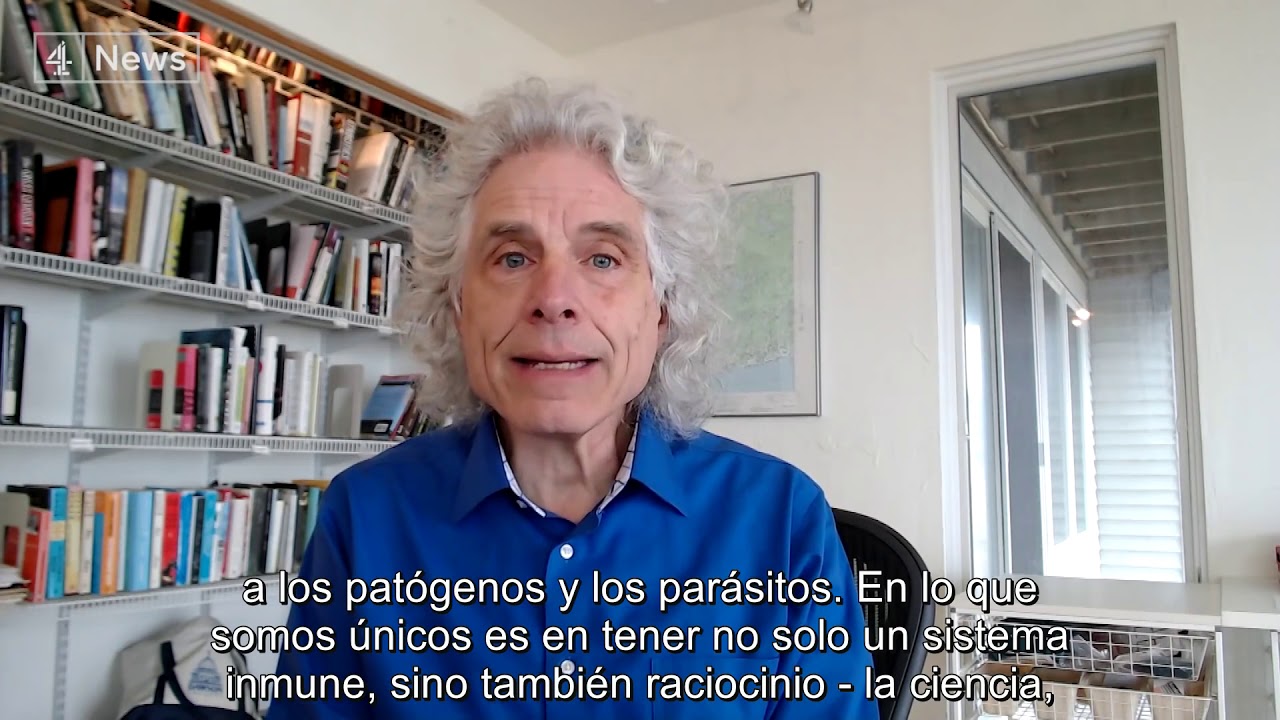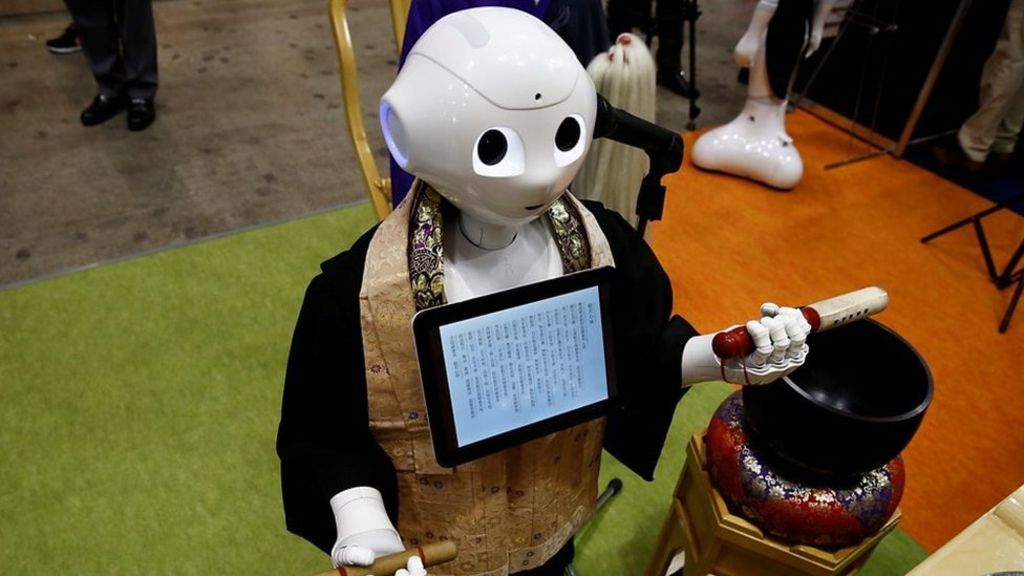Anders Lyhne Christensen
An introduction to swarm intelligence, swarm robotics and morphogenesis. This video won the Best Video award at the AAAI-07 conference Vancouver Canada. The scientific research was performed by Anders Lyhne Christsensen, Rehan O’Grady and Marco Dorigo. The video was directed by Andreia Onofre.
http://home.iscte-iul.pt/~alcen/
Source




Doesn't it scare you guys that swarm nano bots could rapidly evolve and emerge as a singularity event that causes the extinction of all life that does not serve the bots? What about human swarm intelligence? I much prefer a life as a Borg assimilating life rather than totally being extinct.
That's fiction, and will never happen.
This is a great video.
Very interesting. Your examples focuse on action, but do you also study information acquisition and transmission? I try to figure out the perspectives of a 'swarm-distributed' knowledge. Not far from our human culture I guess. Please, post some references if you have. Thanks a lot.
This technology is interesting and probably will be important but "swarm intelligence" is a complete misnomer.
We have known for a long time that complex behaviors can be executed in a series of simple steps. That is what an algorithm is. What is key is how those steps are organized and what rules are used. That is where intelligence comes in and all the intelligence in this case is coming form the programmers looking at individual problems and deciding on rules.
Cooperative robotics.
Bees and ants are not in any sense simple. Their DNA is as complex as ours and they are capable of feats of navigation, pattern recognition, dexterity and communication that no robot can com close to. Their complex social behaviors are not a result of "swarm intelligences" but complex behaviors encoded in their DNA. These guys need to learn more about insects before they can claim they are emulating them. If "swarm intelligence" exists this is not it.
A better example of 'swarm intelligence' can be had if you watch people cram into an skyscraper's elevator after lunch.
No swarm in intelligence is wishful thinking based on the fallacious assumption that there are a few simple rules that govern the complex behavior of natural swarms. If there are a few simple rules, someone should have been able to write them down by now.
Billions of basepairs of DNA are coded into 10's of thousands of genes, which are turned into hundreds of thousands of types of mRNA and snRNA, that produce 10's of thousand of proteins that interact in countless complex ways.
The simulations are very simplified models that are not empirically validated. My exact point is that ant behavior is the product of 100's of millions of years of evolution on a global scale, not the "emergence of complex intelligent behaviors from a few simple rules" That is a red herring. We are still discovering new pheromones, and acoustic signals, and all these signals are incorporated into different behaviors by context. The rules are very, very complex and finely tuned in ways we don't
I am not saying your research isn't interesting or valuable. What I object to is the phrase "you'll see they're close to real ant behavior." By what metric? I know of barometers, to measure pressure, voltmeters to measure voltage. There is not antometer to measure how antish behavior is nor close to the natural world your simulated environment is. Why? Because those things are incredibly complex and no one has any meaningful way of reducing them to a set of measurable parameters.
It may look antlike to a casual observer the same way a a wax figure may look human to a casual observer, but that is only because you look at both in a controlled simplified environment in a casual way. Ant's cope with widely fluctuating temperatures, soil chemistry, poisonous plants, individual and colony predators, contagious diseases, uneven and collapsing terrain, photodegradation of pheromones, wind, mechanical trail disruption, irregular size food, food the fights back and on (continued)
There are very good reasons why we have computers and robots that play chess well or work on assembly lines, but we don't have robots that do tasks that average humans can do such as build roads, drive trucks, demolish houses, etc… Chess and factory floors are minimal environments that are highly regular and predictable. In the real world things are not. Anything human or ant without huge repertoire of complex behaviors gets stepped on.
@michalchik
Michael, I read yours Houshalter's comments and found the conversation very interesting. For some points, I'd agree with you, while agree with Houshalter for the other ideas.
Basically, if programmers have been designing individual algos based on individual cases, then there is no doubt that all their effort is baseless. To devise the rules by which it works, it is essential for every researcher to look at as many scenarios as possible.
@michalchik
Moreover, I'd also like to point to the fact that Data Mining is a kind of technology in Computing whereas we try to solve the same kinds of problems. I guess, the "Rules" for the Intelligence of a Swarm could be determined using this technology, if we devise a way to capture these natural swarm behaviours and represent them as Data against a period of time.
morphogenesis is the key!
They probably won't become self aware and decide to kill everything at all!